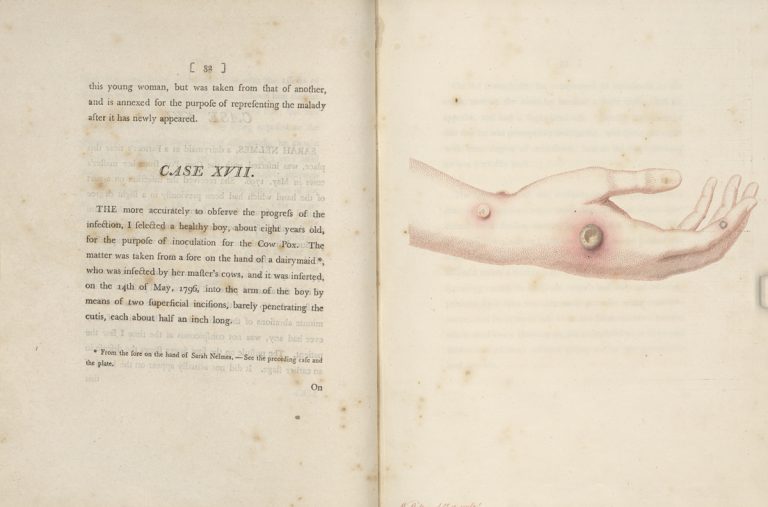Recently, The New York Times published an article on vaccination that has highlighted a resurging controversy. In late June 2014, a federal judge upheld a New York City policy barring unimmunized children from public schools, and objectors have decried the policy as an infringement upon their rights. In the United… read more
Science
Newly cataloged collection of science materials now open for research
A collection of science materials from the family of Sir John F. W. Herschel (1792–1871) is now open for research after a grant enabled staffers to rehouse the collection and to create an online inventory. The Herschel family papers, acquired in 1960 with subsequent smaller accessions of additional materials, largely… read more



